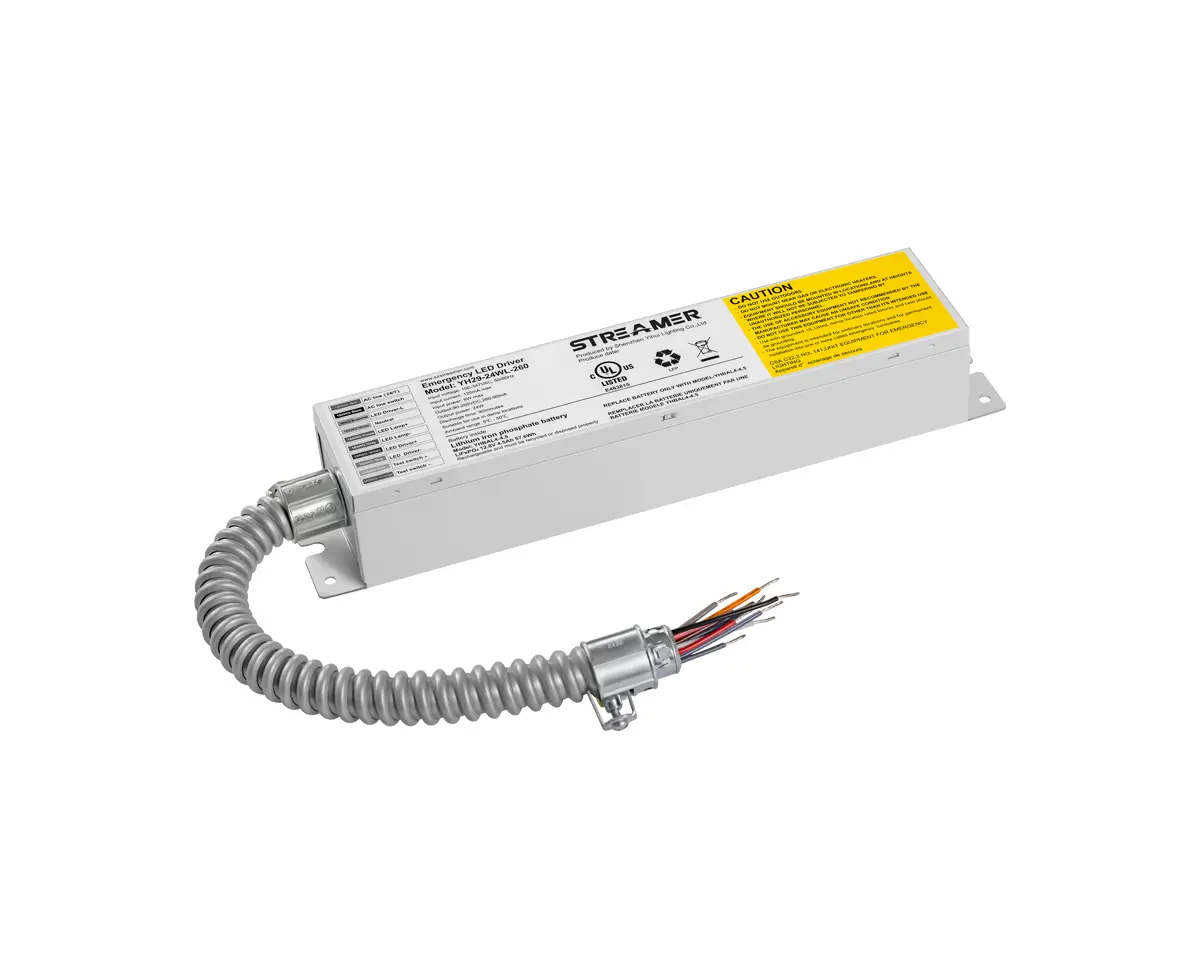 1
1
 Mar 03, 2025
Mar 03, 2025

Proper installation of emergency batteries is crucial to ensure their reliable performance and safety. There are several important precautions to keep in mind during the installation process.
Location is a key consideration. Emergency batteries should be installed in a dry, cool, and well - ventilated area. Moisture can corrode the battery terminals and internal components, reducing the battery's lifespan and performance. High temperatures can also accelerate the aging process of the battery and increase the risk of overheating. A well - ventilated area helps to dissipate any heat generated during the battery's operation and also allows for the safe release of any gases produced.
When installing the battery, it is essential to follow the manufacturer's instructions carefully. This includes proper connection of the positive and negative terminals. Incorrect connection can lead to short - circuits, which can not only damage the battery but also pose a safety risk. Use appropriate tools, such as insulated wrenches, to tighten the terminal connections to the recommended torque. Loose connections can cause electrical resistance, leading to overheating and potential damage to the battery.
The battery should be installed in a secure location to prevent it from being accidentally knocked over or moved. In some cases, batteries may need to be mounted on a dedicated rack or stand. Make sure that the mounting hardware is strong enough to support the weight of the battery. In areas where there may be vibrations, such as in industrial settings or near machinery, additional shock - absorbing materials may be required to protect the battery from damage.
Before connecting the emergency battery to the power system, it is important to check the battery's voltage and state of charge. A fully charged battery should have a voltage within the manufacturer - specified range. If the battery voltage is too low, it may need to be charged before installation. Also, ensure that the power system and the battery are compatible in terms of voltage and capacity. Connecting a battery with the wrong voltage or capacity to the power system can lead to improper operation and potential damage to both the battery and the power system.
Finally, proper grounding of the emergency battery is essential for safety. A grounded battery helps to protect against electrical faults and reduces the risk of electric shock. The grounding wire should be connected to a reliable grounding point, following the local electrical codes and regulations. By following these installation precautions, emergency batteries can be installed safely and operate effectively, providing reliable power backup during emergencies.